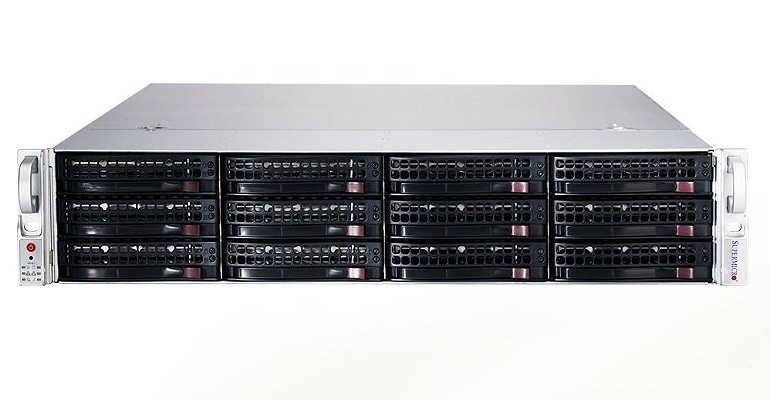Super Micro Computer Inc. has been in business since 1993 as a maker of computer server boards, power supplies, servers and a wide range of other components. The company's long history of working with the channel continues to grow.
June 14, 2018

Since it began business in 1993 designing and building motherboards, Super Micro Computer Inc. has had a long and close relationship with the channel, as it has promoted its servers, storage systems, server boards, power supplies and other IT equipment to serve the needs of customers.
A lot has changed over the years as computers, servers and related technologies have gotten smaller, faster, more powerful and gained expansive new capabilities to drive business computing forward.
But what hasn’t changed, says Sim Upadhyayula, senior director and solutions enabler for the company – also known as Supermicro – is the firm’s longstanding approach to the channel and the end users they ultimately serve. Supermicro has been working with system integrators and resellers for decades across the globe.
“From day one, our channel partners were our strength,” Upadhyayula told Channel Futures in an interview at the recent OpenStack Summit in Vancouver. “The whole idea was to make it easy for our channel partners to place a solution at a customer’s site. The channel is what made us and we will continue to be loyal to our channel partners.”
To encourage the continuing growth of those relationships, Supermicro works to differentiate itself from competitors through its technology by designing components for x86 systems that offer features and capabilities not seen from other vendors, said Upadhyayula.

Sim Upadhyayula
Sim Upadhyayula
“There are so many players building components for x86 systems,” he said. “So we work to bring the latest innovations to the market first.”
That means partnering with key chip vendors like Intel Corp. and creating basic motherboard, server-board and other component designs from scratch, which makes it easier to build parts that work with other brands of components, he added. Supermicro’s design center is in San Jose, California, and features a manufacturing facility right behind it where this kind of work can be done.
The company’s engineering team is also there and can make changes as needed to ensure that Supermicro’s parts can work with components from key partners right out of the box.
One of the keys of the company’s channel strategy is that it works to provide “investment protection” by constantly designing and building products that include the best and newest features available when they are packaged and shipped, said Upadhyayula.
Many other component makers “tend to hold onto their existing product lines because they want to make more money on their existing investments in their established products,” he said. So, instead of customers getting the latest innovations as they are available, some manufacturers maintain the status quo until their stocks of older products shrink before releasing improved components.
“Supermicro is different” in its approach, said Upadhyayula, bringing channel partners and end users x86-based products that offer the densest compute capabilities as soon as they are available to help solve the ongoing computing challenges of business users.
“The challenge in the channel is that the technology’s getting complex and there is no one expert” who knows how to fix it all, he said. “Customers have multiple players to choose from in the marketplace.”
To help battle that problem and help end users gain the expertise they require, Supermicro takes a two-pronged approach to enable the channel by educating its resellers about its products and by developing a clear road map that serves the needs of customers, he said.
It takes a long time to do, but the strategy successfully allows Supermicro staffers and employees from their channel partners to help each other gain new expertise from each other, he added.
“It’s what happens if you build a team to learn it,” he said.
Rob Enderle, principal analyst at Enderle Group, said Supermicro has been successful for a long time because it has “a reputation for doing good work, they are knowledgeable with regard to what drives sales, and they have a strong history of execution.”
The company “is generally thought of as one of the premier distributors in the technology space and is typically on the short list for companies that need to connect to retail but don’t want to develop a channel organization themselves,” said Enderle.
Supermicro, which reported $2.5 billion in revenue in fiscal year 2017, offers more than 4,950 individual product SKUs to its channel partners.
About the Author(s)
You May Also Like


